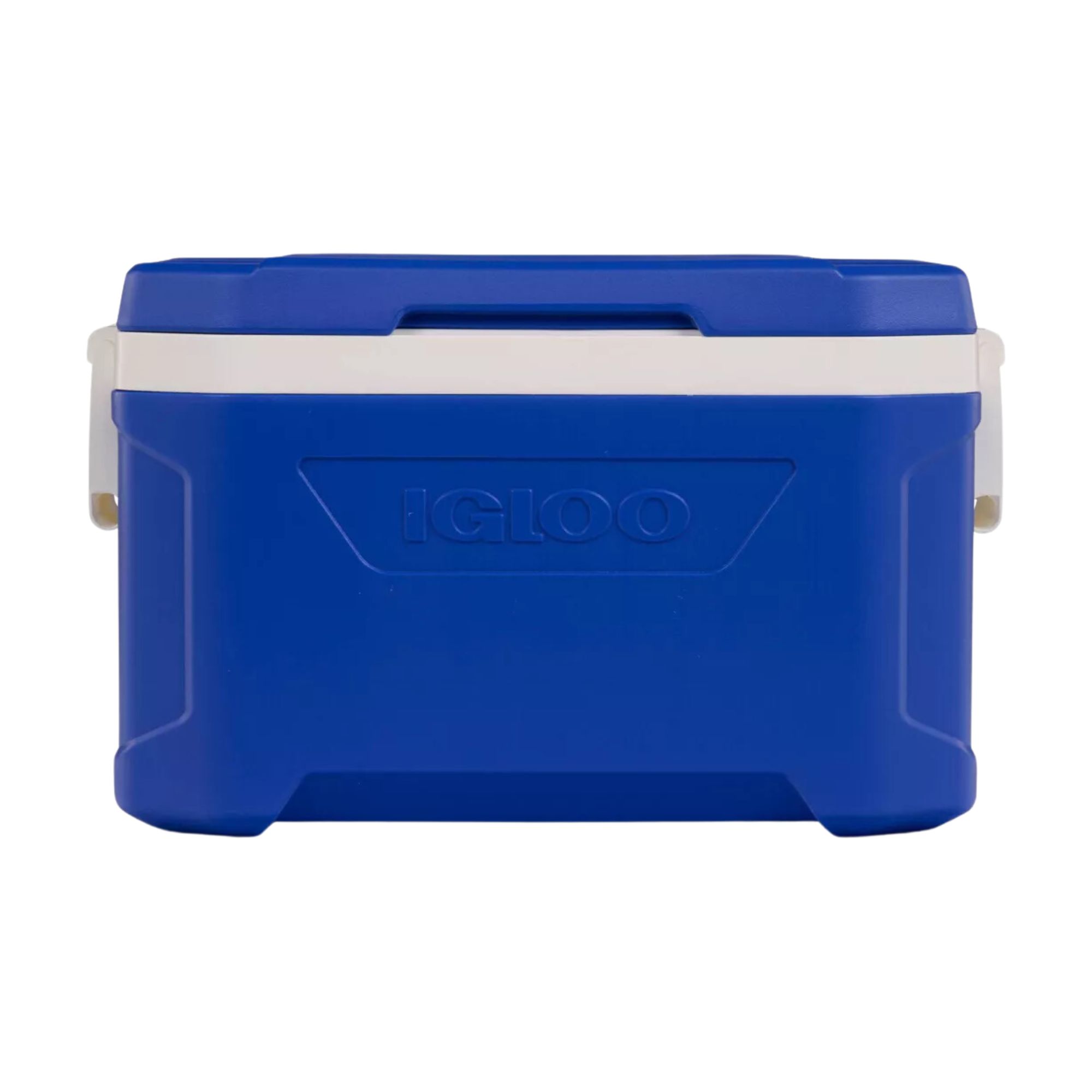How to defrost a fridge – curb ice build-up and food spoilage with these pro tips
Our appliance expert shares his tried and tested method
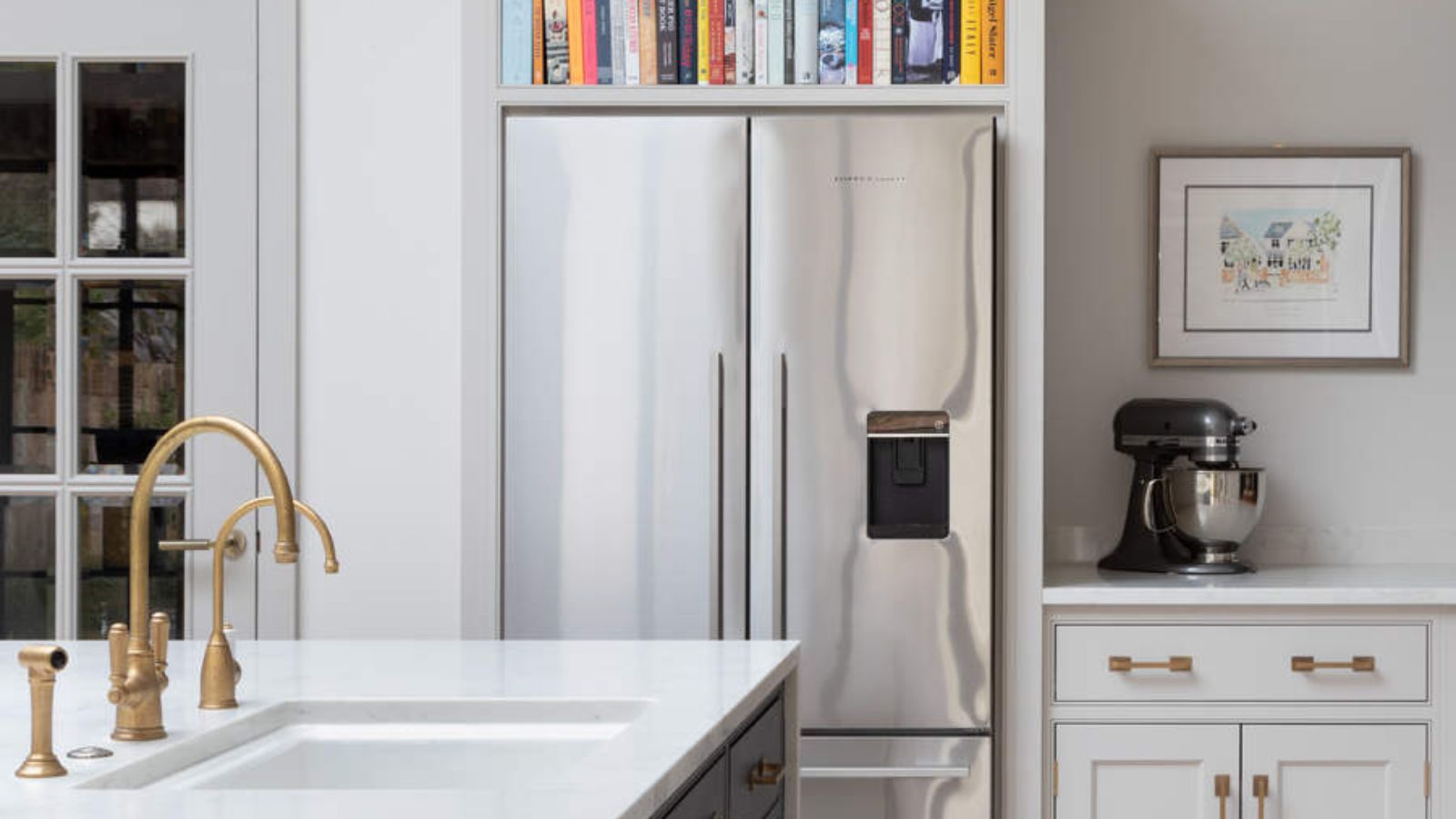

While defrosting a freezer is typically a yearly task, defrosting your fridge might not be on your radar.
However, frost build-up and uneven cooling in your fridge can lead to spoiled food, so it's important to know when it's necessary to get the job done, and how to do so when the time comes.
Here, our appliance expert shares his tips to keep your appliance frost-free and running efficiently. The process is similar to defrosting a freezer, so you might want to tick two tasks off your to-do list and tackle both at the same time.
How to defrost a fridge
Luckily, Glenn Lewis, appliance expert at Mr. Appliance, a Neighborly company, points out, 'Most refrigerators on the market today are self-defrosting, and should not need to be defrosted.'
But, if your refrigerator does have frost build-up, either from inaccurately guessing how cold a refrigerator should be, or from frequently opening the door, it can reduce the cooling efficiency of your appliance and block airflow, leading to uneven cooling and spoiled food.
As a general guideline, Lewis recommends defrosting your refrigerator once ice buildup exceeds one quarter of an inch (7 mm), or as recommended by the manufacturer. If you have one of the best refrigerators and it is self-defrosting, Lewis says it's unlikely that you will ever have to, but it's still important to be diligent.
Step 1: Unplug your refrigerator

First things first, unplug your refrigerator and remove all the food, says Lewis, storing perishables in a cooler, such as the Igloo 48 QT Laguna Ice Chest Cooler available at Walmart.
Design expertise in your inbox – from inspiring decorating ideas and beautiful celebrity homes to practical gardening advice and shopping round-ups.
This is also a good opportunity to declutter your fridge, removing any expired food and placing it in a trash bag, such as the Hefty Ultra Strong 13 Gallon Trash Bags available at Amazon. If you spot anything that's still in date, but that you're unlikely to eat at all, consider donating it a neighbor, family member or friend.
All prices correct at time of publication.
Step 2: Prepare your kitchen
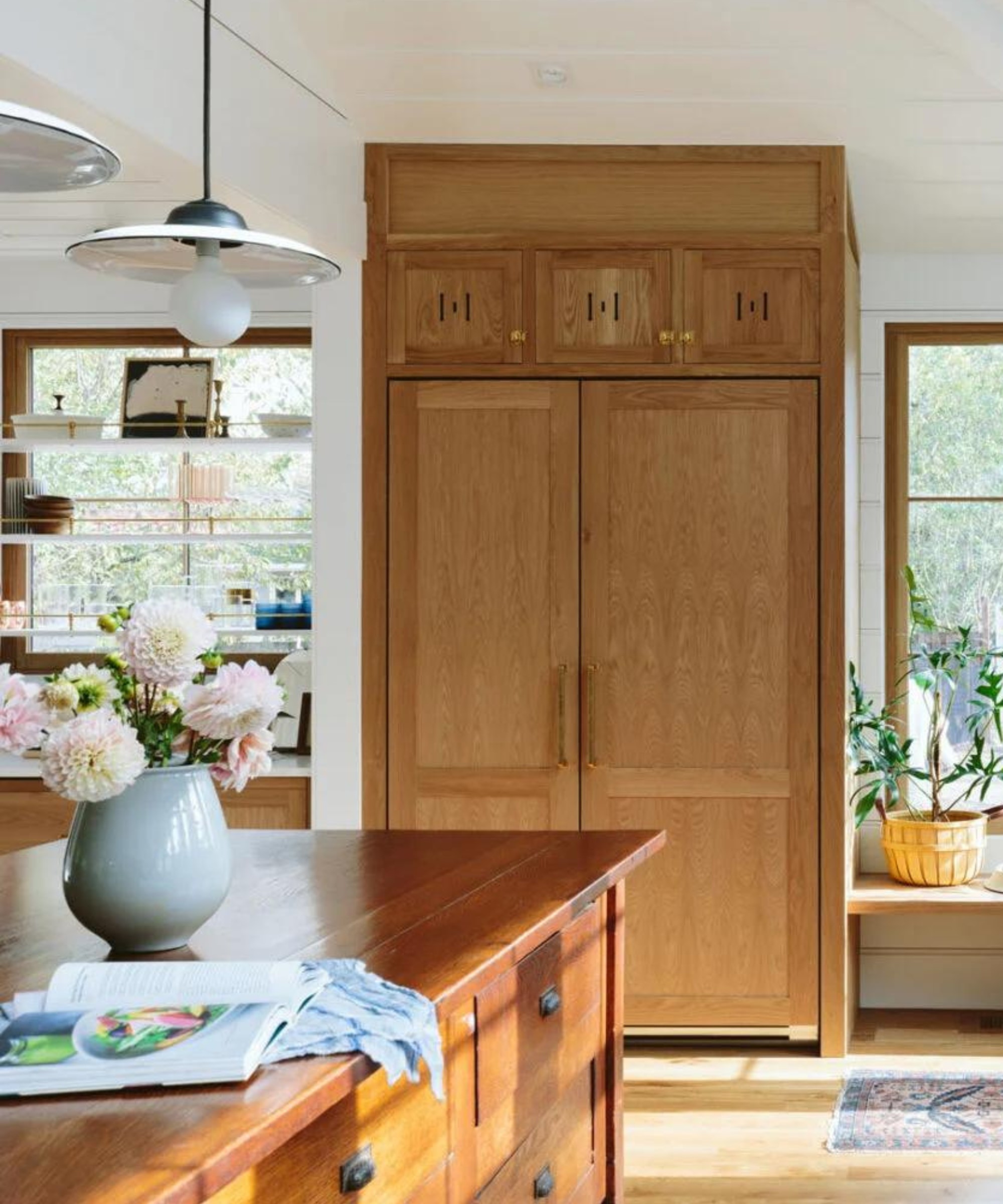
Once your fridge has been turned off, any ice build-up will begin melting quickly.
Lewis recommends, 'Place towels all around and inside the refrigerator to catch the water from the melting ice,' to avoid having to extensively clean your kitchen floor afterward.
You can also use paper towels, or, if you like to be thrifty and sustainable at home, re-use old newspaper, for this job. If using any reusable options, it is important to take the time to wash towels or wash microfiber cloths swiftly in your best washing machine once you have finished this process, as you don't want to leave them wet with potentially bacteria-ridden water. Use a hot wash to banish germs.

These microfiber cloths are super absorbent, ideal for soaking up any melted ice. Just be sure not to use fabric softener in laundry when cleaning them, as this will ruin their absorbency for good.
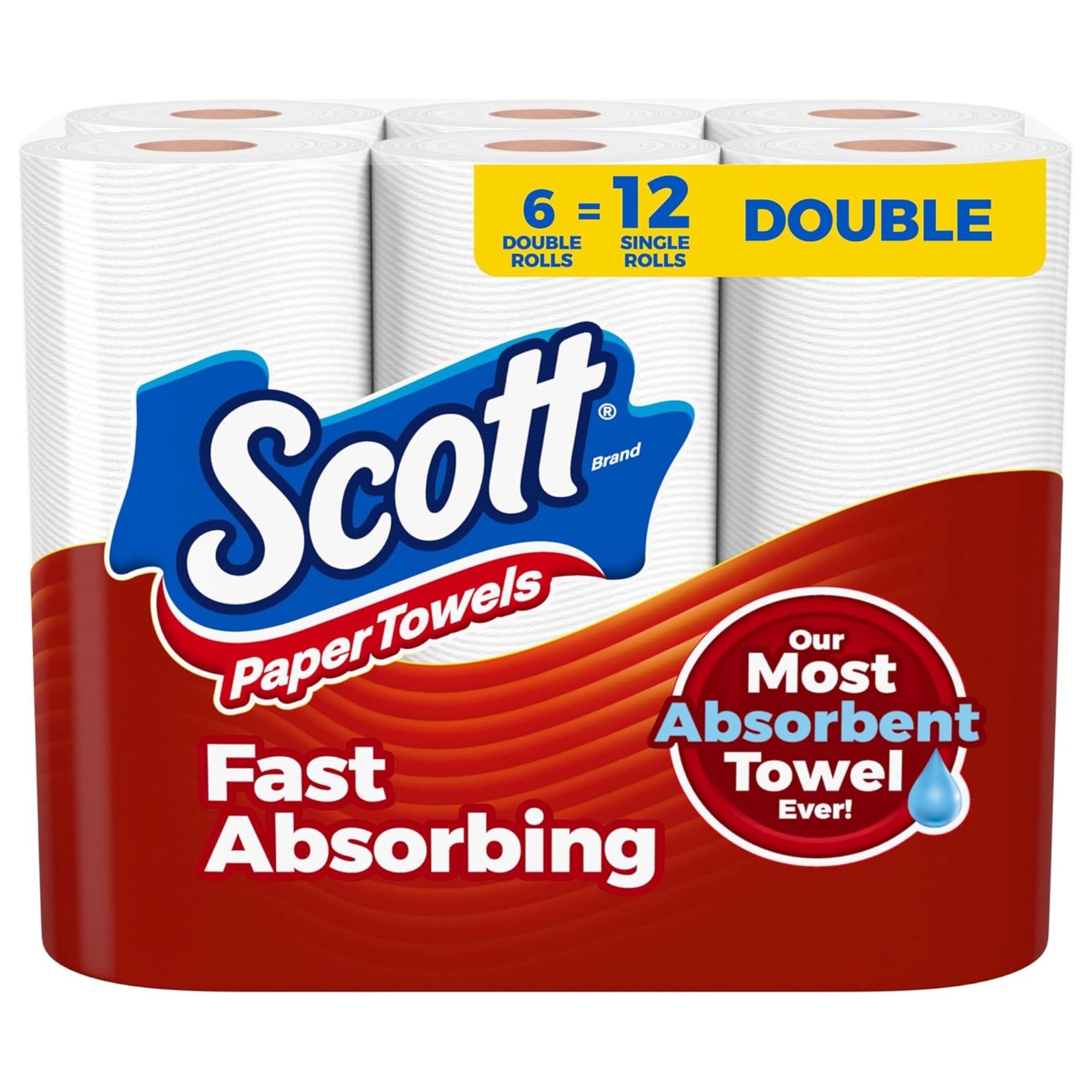
These paper towels are strong and absorbent, leaving surfaces quickly clean and dry. They're also lint-free for fuzz-free glass and mirror cleaning.
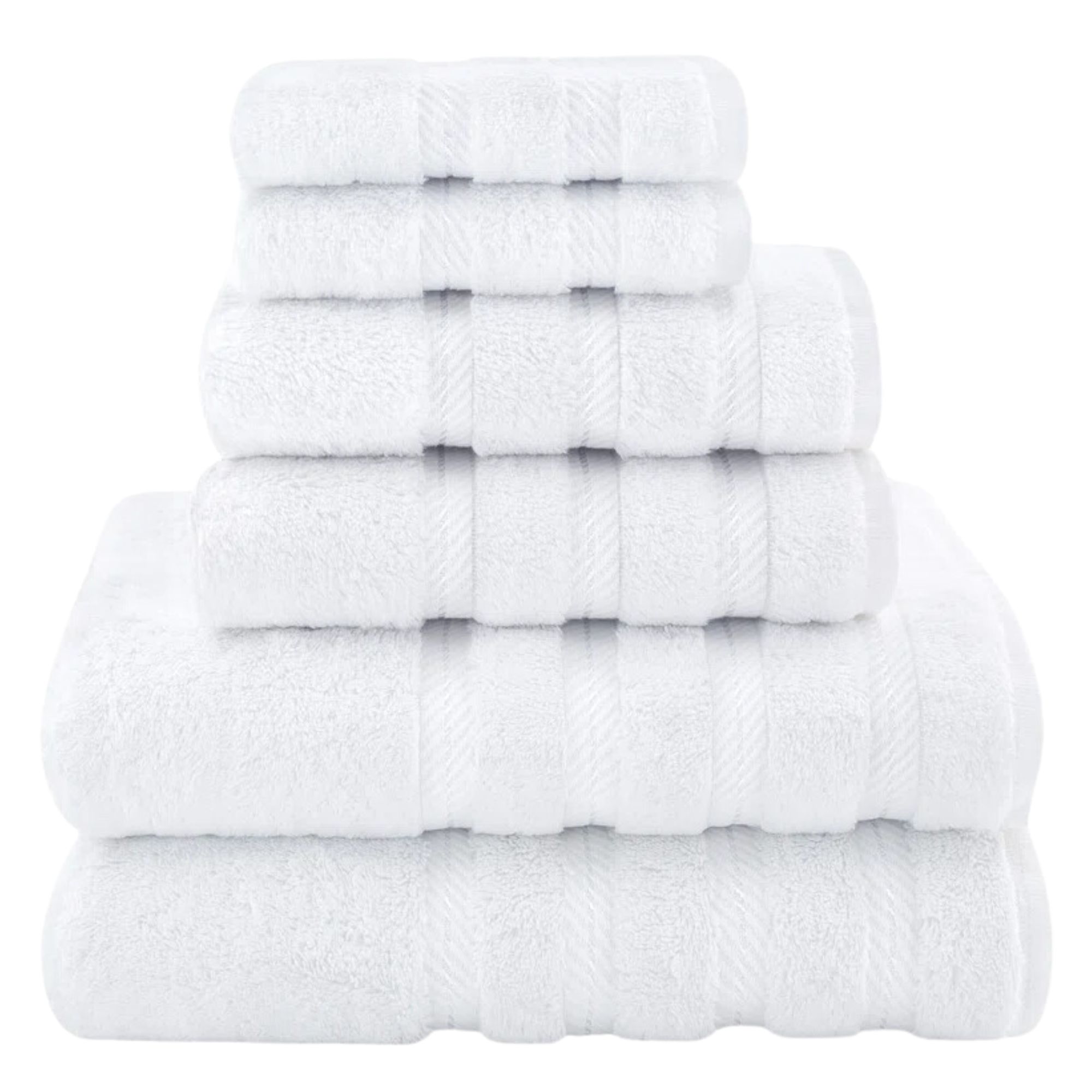
These bath towels are soft, fluffy and luxurious. To keep them at their best after use, you can wash towels with vinegar.
Step 3: Allow the ice to melt
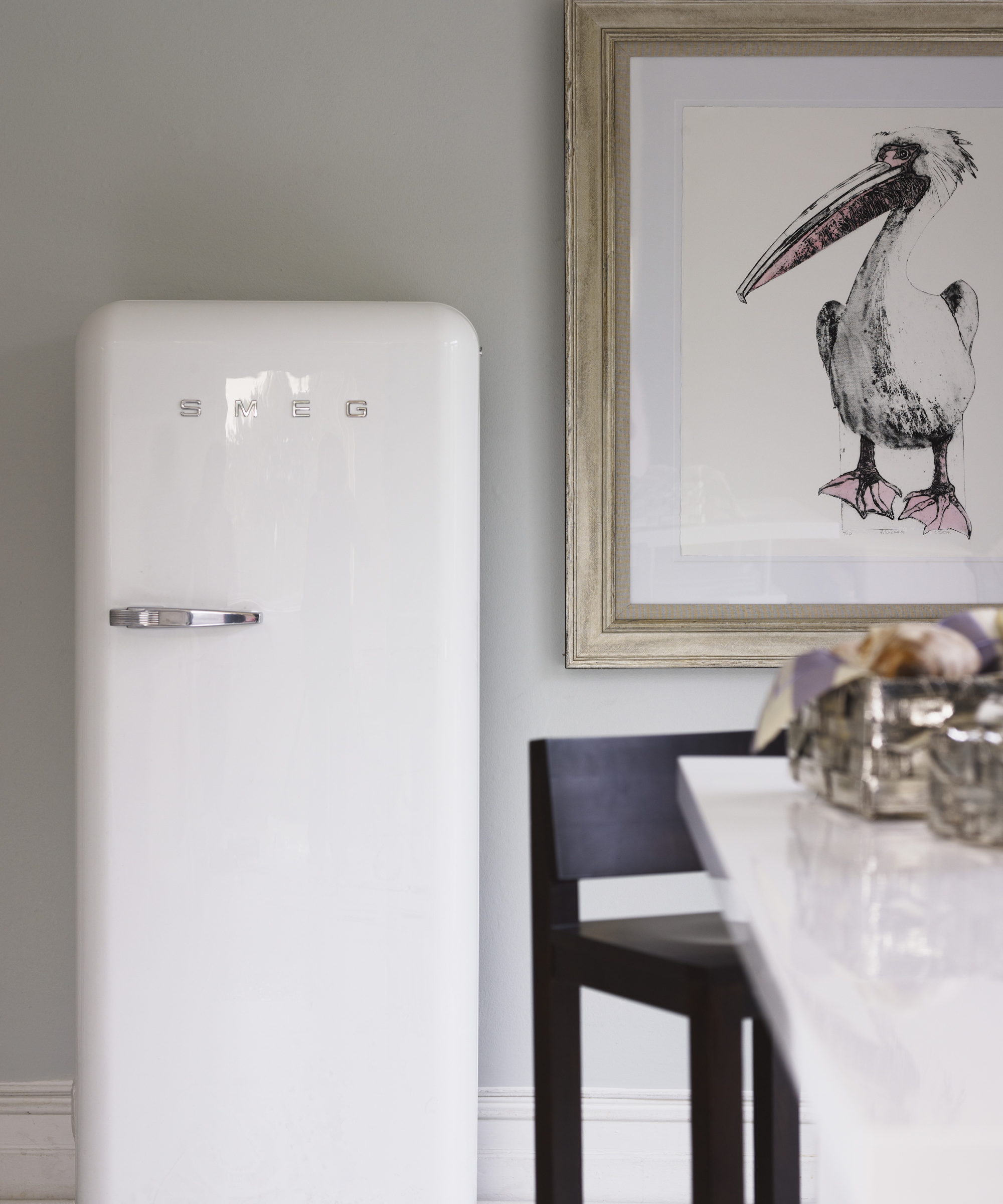
Next, allow any ice present to melt fully. This should happen much quicker than when defrosting a freezer without turning it off, so resist any temptation to speed up the process by using a hairdryer or windshield de-icer, and definitely don't chip at the ice either. Simply leave the door wide open and wait, recommends Lewis.
Avoid a common fridge cleaning mistake by wiping down the interior of your fridge while it is empty, making the task quicker and easier.
Step 4: Wipe down and plug back in
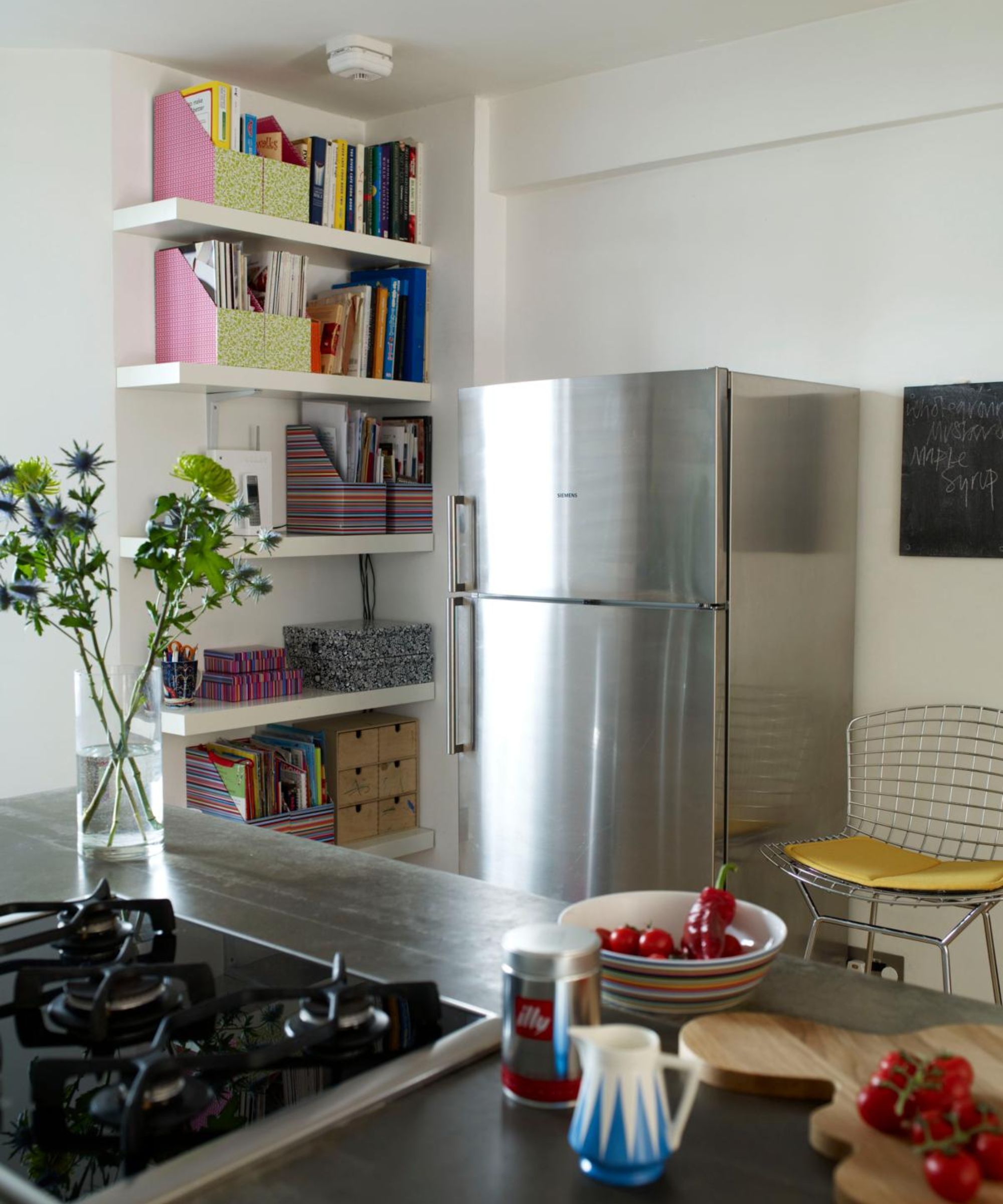
Then, once fully melted, you're ready to plug your appliance back in. Before restocking, it's definitely worth taking the time to clean your refrigerator, either by cleaning with vinegar or a commercial cleaner, such as the Method Antibacterial All-Purpose Cleaner Spray available at Amazon, and a microfiber cloth. Don't forget to pay extra attention to the dirtiest part of your fridge when doing so – the vegetable crisper drawer.
It might seem mundane, but, when restocking your food, spending time organizing your refrigerator will make finding ingredients and snacks in your appliance a breeze, and actually keep your food fresher for longer, too. Why not invest in one of the items pros say every fridge needs to stay organized, to keep yours clutter and chaos-free.
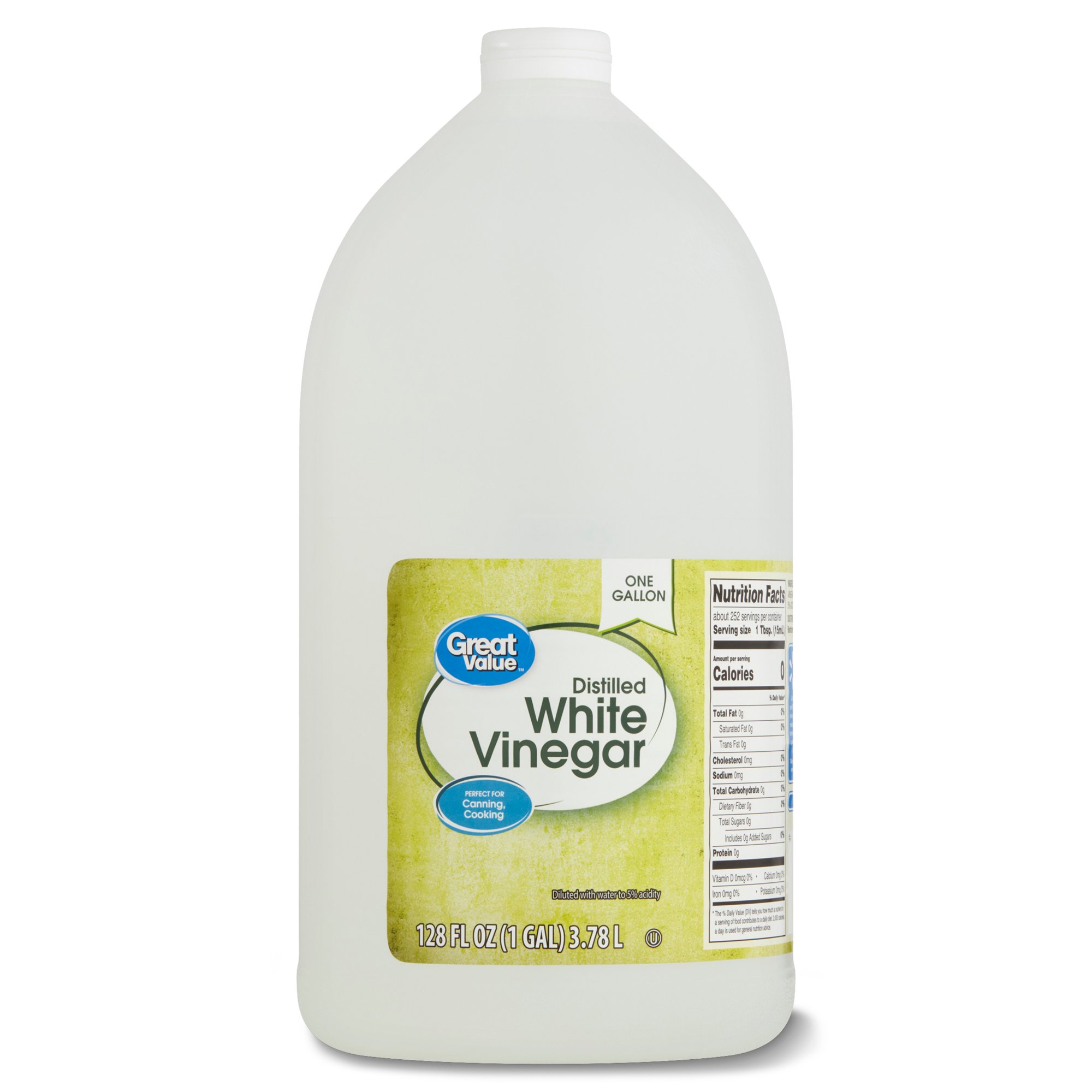
As this vinegar is distilled to a 5% acidity, it's perfect for banishing bacteria in your fridge and leaving surfaces spotless and streak-free.

These deep fridge bins are perfect for keeping chilled food and drink chilled in order, with a built-in handle to easily access items at the back.
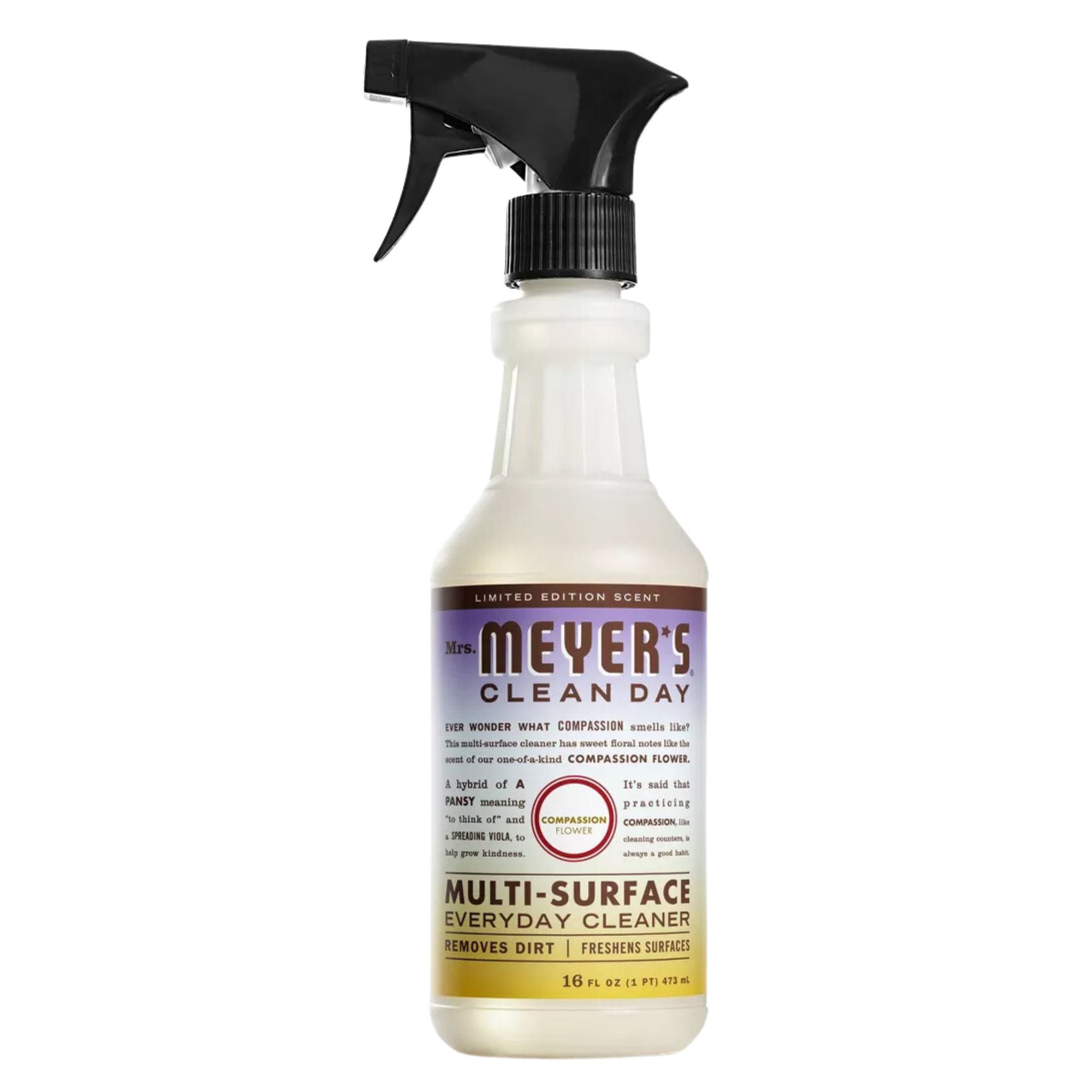
As you want to avoid using harsh chemicals around food, this cleaning spray is perfect. Plant based, and free of phthalates and parabens, it easily removes stuck on dirt and refreshes surfaces.
Much like a build-up of ice, a refrigerator that's leaking water inside is a worrisome issue. Learn what the cause may be, and how to tackle the seven most common causes, with our expert-lead guide.

Ottilie joined Homes & Gardens last year, after finishing a Master's in Magazine Journalism at City, University of London. With previous contributions in Livingetc and Motorsport Magazine, she produces content for the Solved section on the website, focusing on clever tips and tricks to keep your home beautiful, organized and clean. She also has a Master's degree in English Literature and History of Art from the University of Edinburgh, where she developed a love for inspiring interiors and architecture.
